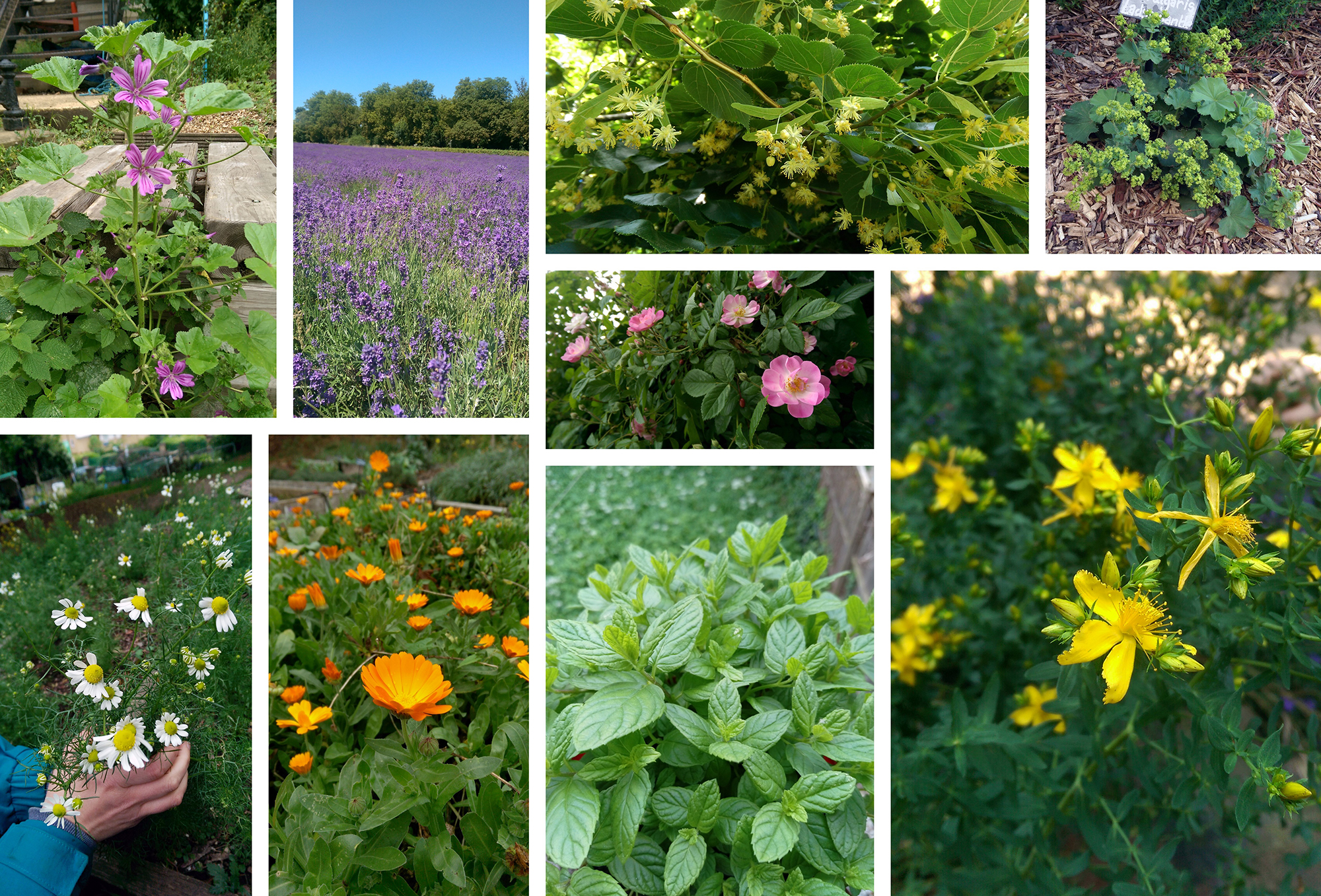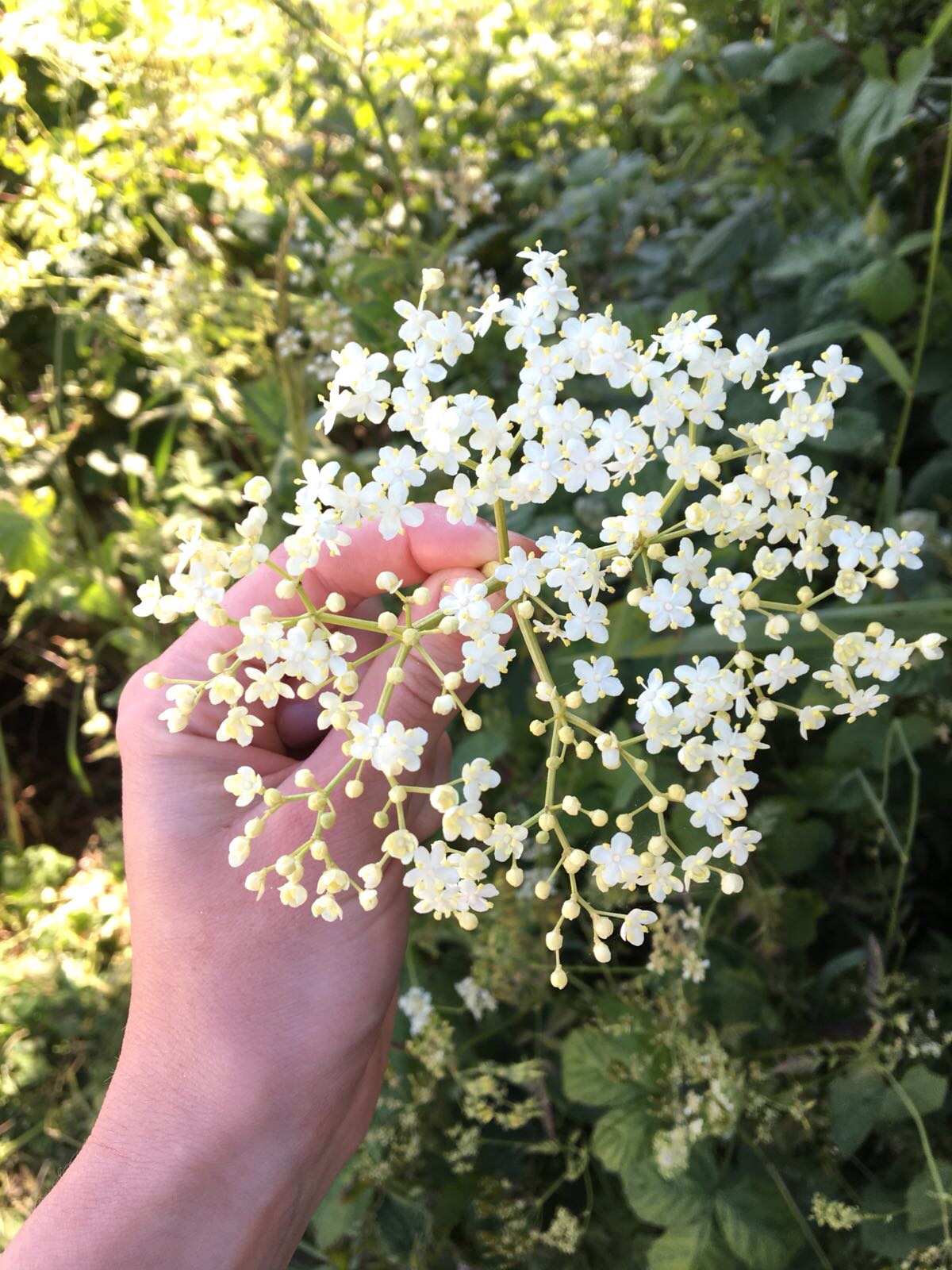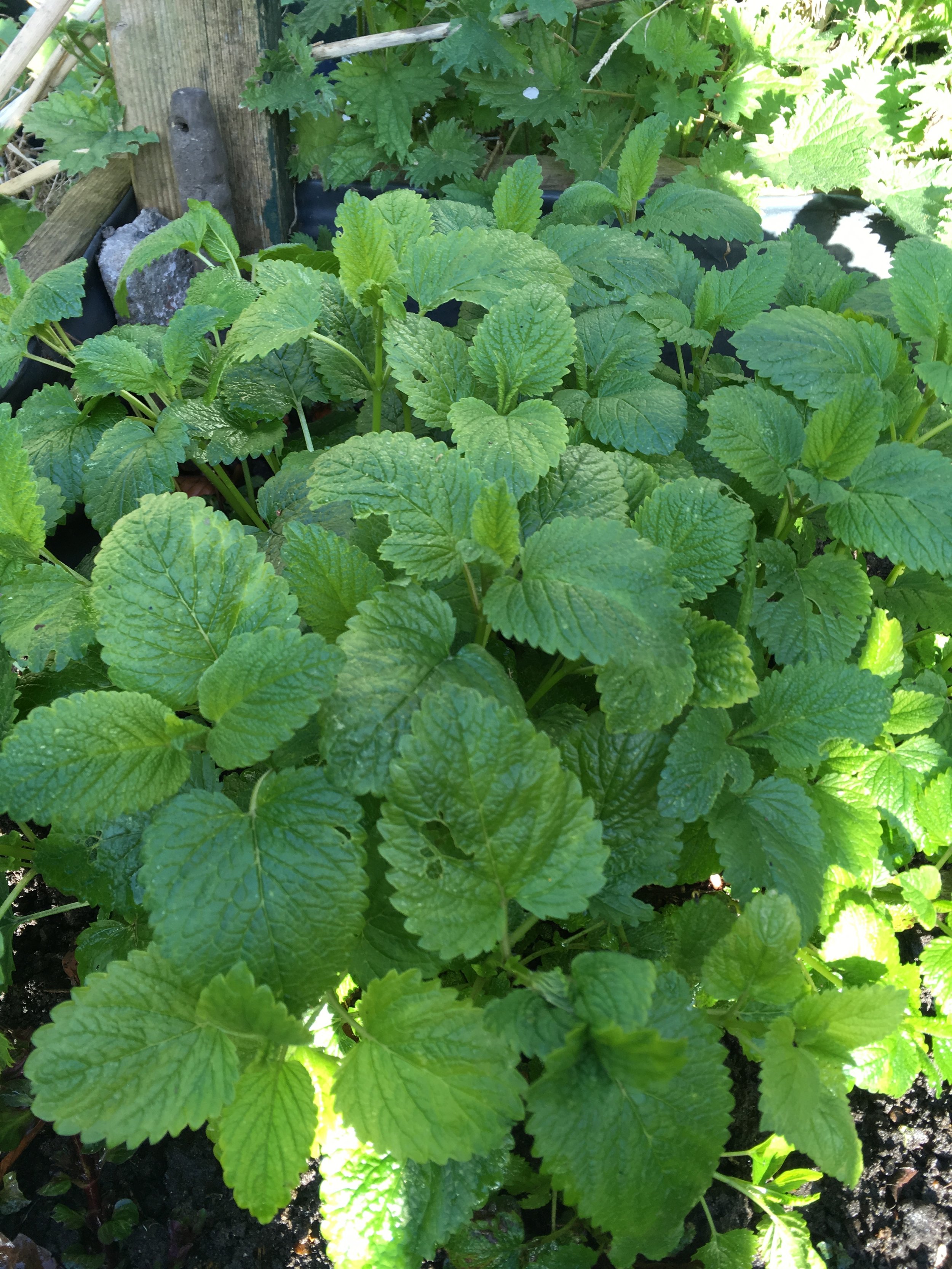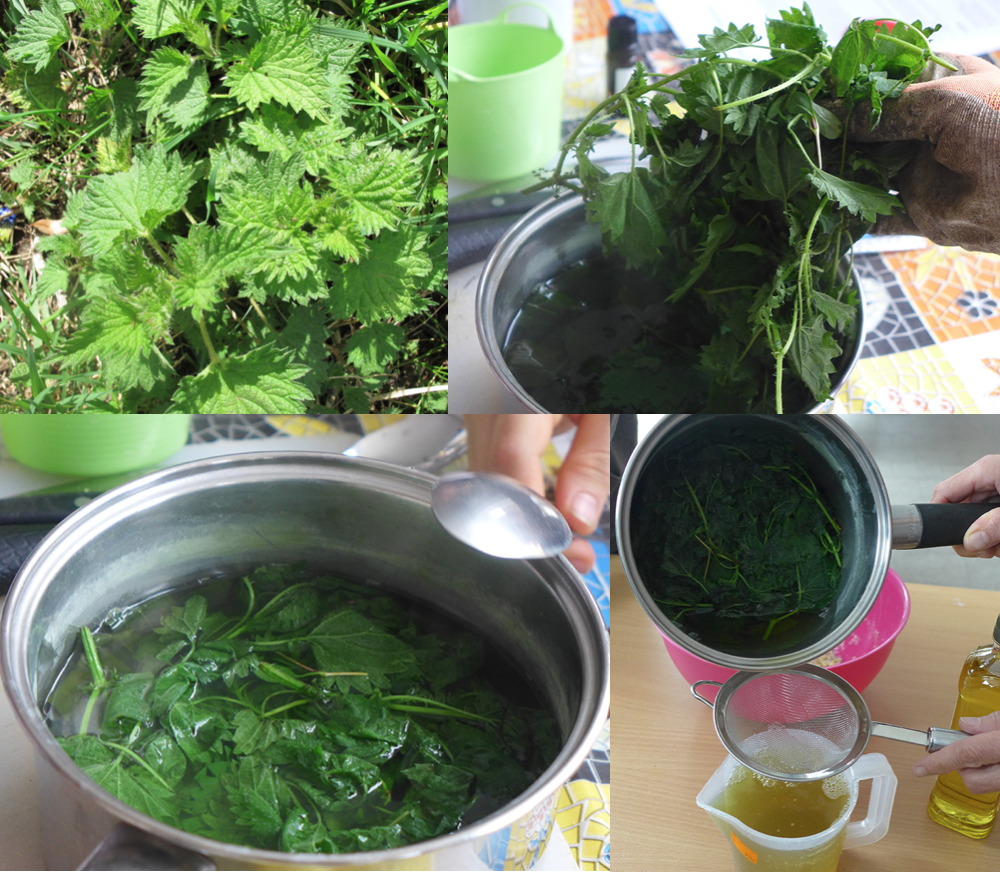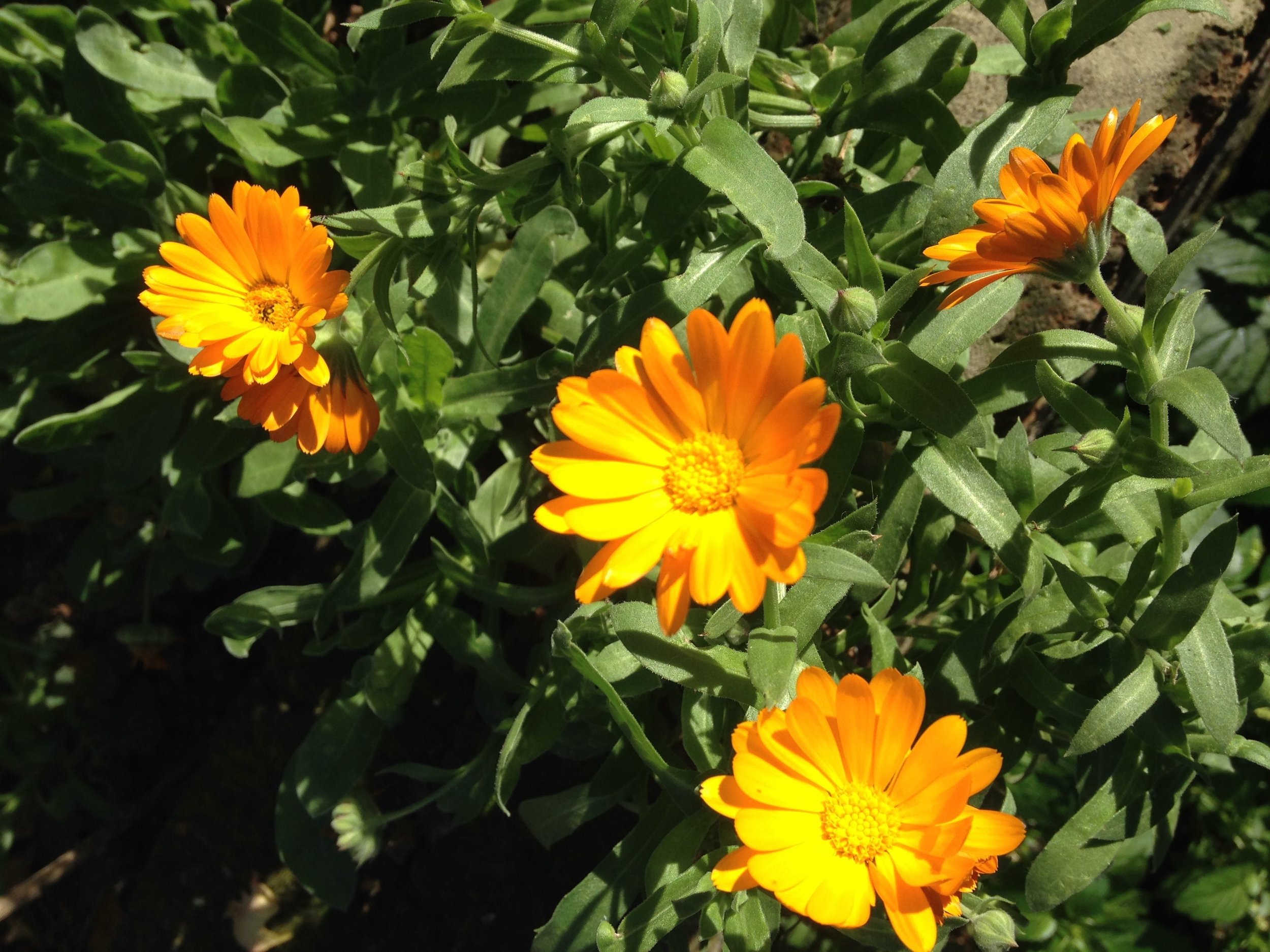Aromatherapy Week // Top 5 essential oils to have at home
/Aromatherapy is the name used to describe the use of essential oils for remedial and therapeutic purposes, of which there are many! Like herbs, one of the amazing benefits of aromatherapy is the holistic effect it has on both the mind and body - as the healing qualities of the oils impact the physical body, the scent interacts with us mentally.
All essential oils come from all different plant sources - spices, herbs, flowers, trees or vegetables. They are completely natural, organic compounds aptly named ‘essential’ due to the fact they contain both the scent of their source and its unique healing properties, in a highly concentrated form. Aromatherapy and the use of essential oils can be incorporated into daily life in a variety of ways, much like the versatility of herbs!
Inhalation: either in an oil burner, electric diffuser or even directly from a tissue. A steam inhalation is also a great way to relieve colds and coughs and clear any sinus congestion.
In the bath or shower: You can add up to 20 drops of your chosen essential oils to a warm bath for the desired effect; to promote restful sleep, soothe aching muscles, invigorate and energise, help period pain and stomach ache or even ease a hangover. If you don’t have a bath, you could mix essential oils with a base vegetable oil (like coconut oil) and apply it to your body before getting in the shower.
As a body treatment: Similarly, you can dilute essential oils in a carrier oil and use as a daily hydration treatment or skin moisturiser. For a 50ml face oil, use 12-15 drops and for a 50ml body oil, 25-30 drops.
Massage: While an aromatherapy massage from a professional therapist is a wonderful indulgence, self-massage is an incredible way to feel the benefits of essential oils at home for free. You can personalise the oils you use to enhance your mood or relieve areas of tension. Taking just 5 minutes (or more whenever you can!) to mindfully massage your feet, hands, face or area requiring attention will allow you to unwind both mentally and physically.
Top 5 essential oils to have at home and their key uses:
Lavender. Certainly the oil that almost everyone is familiar with, Lavender has extensive uses for health, wellbeing and first aid. It can be applied direct to the skin and can be used topically to treat minor burns, acute sunburn, cuts, insect bites and blemishes. A must have for every household, it is one powerful oil. Renowned for its relaxing, soothing properties, it can help you get to sleep, relax aching muscles, relieve period pain, headaches and migraines, and can be used to soothe stress, anxiety and depression. Like the plant, there are many types of lavender oil and it can be produced in many countries as it grows pretty much everywhere, although France is generally considered the best source for quality lavender essential oil.
Tea Tree. Another valuable oil with a multitude of uses, tea tree has been used for centuries and you’ll often spy it as an ingredient in everything from bathroom cleaner to face cream to throat medicine. Commonly grown in Australia, it is antibacterial, antiviral, anti-inflammatory and antiseptic and can fight pretty much any kind of bacteria, virus or fungi. Tea tree can also be applied directly to heal cuts and wounds and treat skin infections, and it is brilliant for acne and spots. You can diffuse it around the home or office to ward off illness or inhale to treat a cold or cough. Tea tree is also a useful oil in homemade shampoo or hair products.
Peppermint. The essential oil has many of the same properties as the herb itself. Generally it is best to avoid consumption of any essential oils and stick to the herb form for tea and culinary recipes but the oil has plenty of beneficial use. The stimulating oil has a cooling effect - apply to the forehead and temples to prevent or aid travel sickness, and massage in circular motions to the stomach to treat bloating, PMS or nausea. For tired feet and legs, it’s great in a homemade foot bath with some epsom salt. It can also be used alone or in combination with lavender to alleviate headaches - particularly tension headaches or those brought on from stress. It has fantastic antispasmodic properties, so works wonders on muscle and joint pain - great post exercise. Inhaling it can also clear the sinuses and even help with hayfever or seasonal allergies.
Lemon. Probably the most commonly used out of the citrus oils, this is another ingredient you’ll often see used frequently in household products. Lemon is perhaps best known for its cleansing abilities - from clearing out toxins in the body to naturally cleaning a kitchen! It is also naturally energising, and great as a mood booster when you’re feeling drained, mentally or physically. It’s a highly effective oil for concealing bad smells such as smoke or animals in the home or car. Use alone or with tea tree in an oil burner or diffuser, as an antibacterial room freshener or you could make your own cleaning spray. Like herbs, there are a variety of lemon oils out there. ‘Melissa’ AKA lemon balm, is one of the most powerful oils in treating depression, due to its simultaneously hypnotic and sedative properties.
Rosemary. Again with similar properties to the herb, rosemary oil is praised for its ability to improve memory, soothe digestion and relax muscle aches and pains. It’s also a great oil for hair as it promotes growth and imparts shine. Applied directly to the scalp, it stimulates growth and can also soothe dandruff and dry scalp. For shiny hair, you can make your own rosemary water to spray the hair daily or rinse it with rosemary oil after washing. You could even make your own shampoo and conditioner. Rosemary is one of the best oils for treating a hangover! Add 5-10 drops to a warm bath the morning after the night before for a little pick-me-up.



